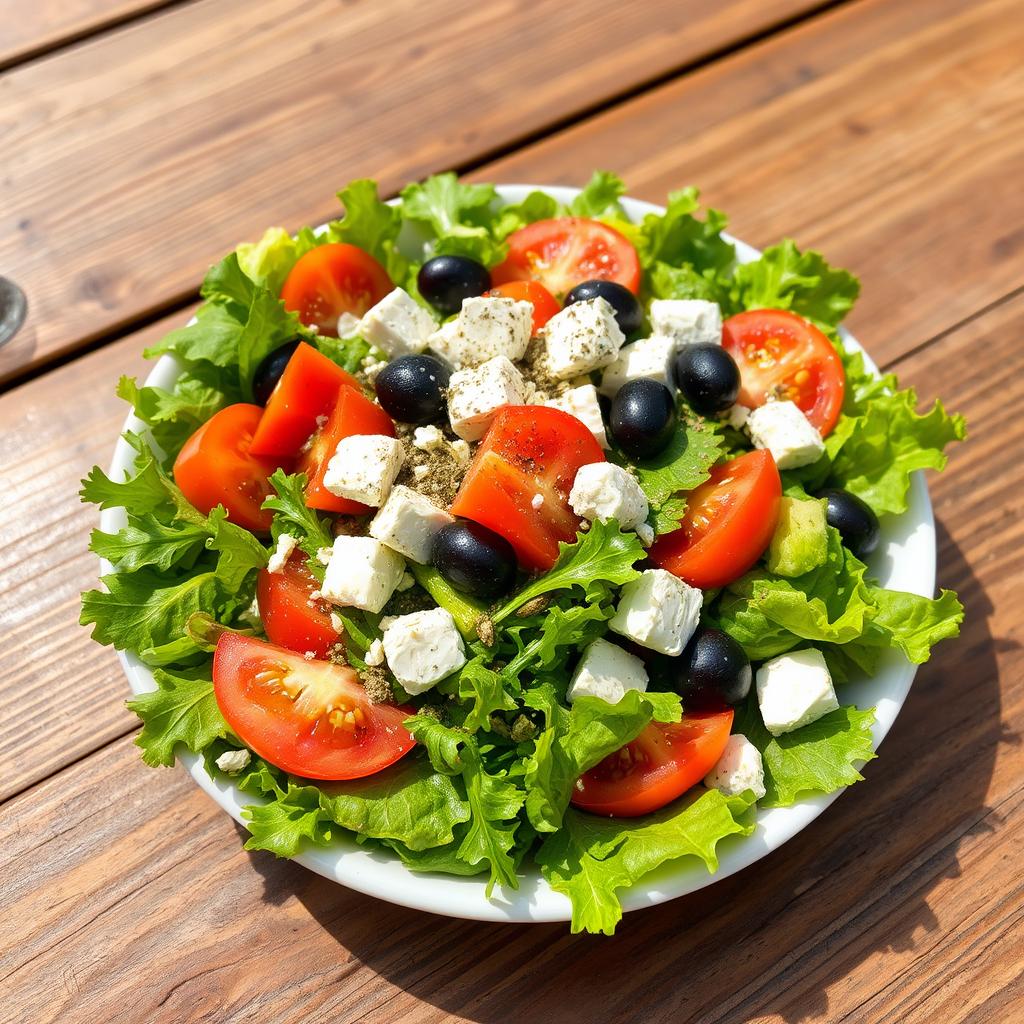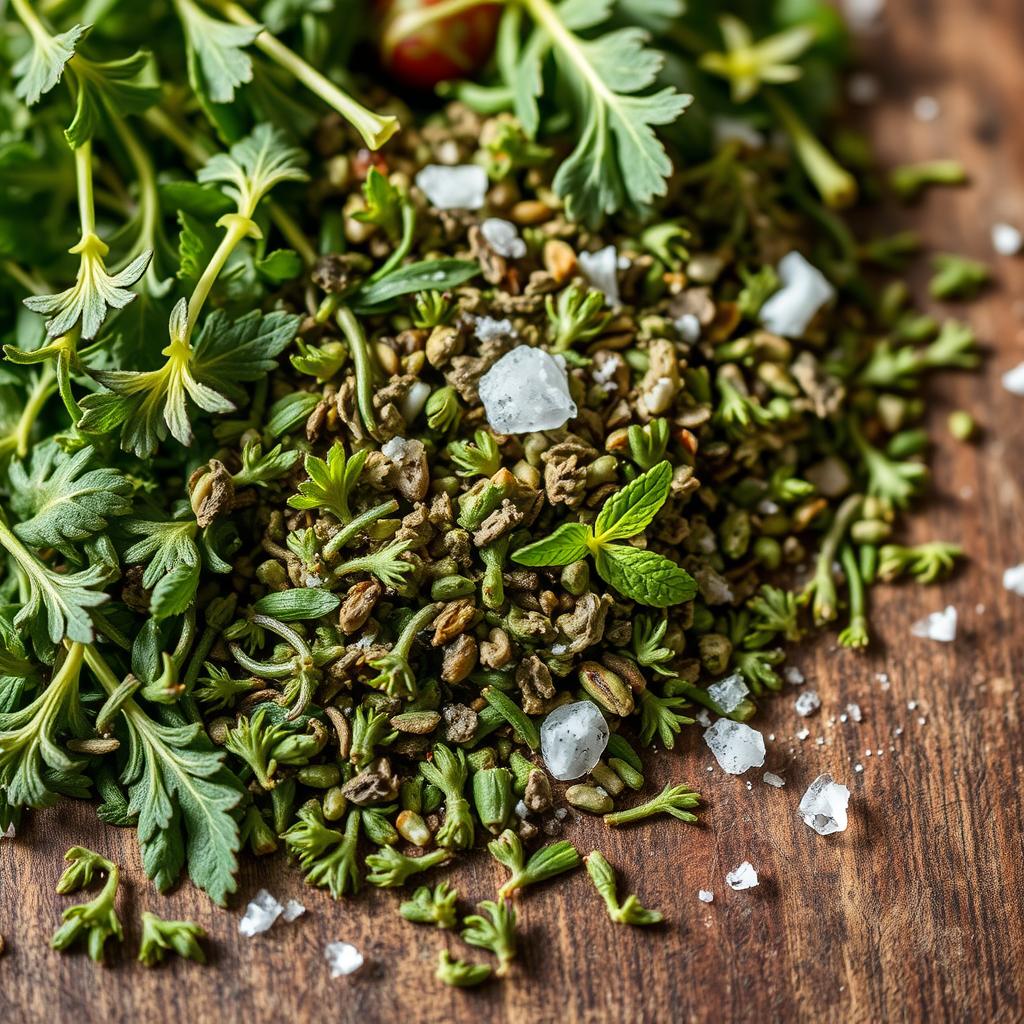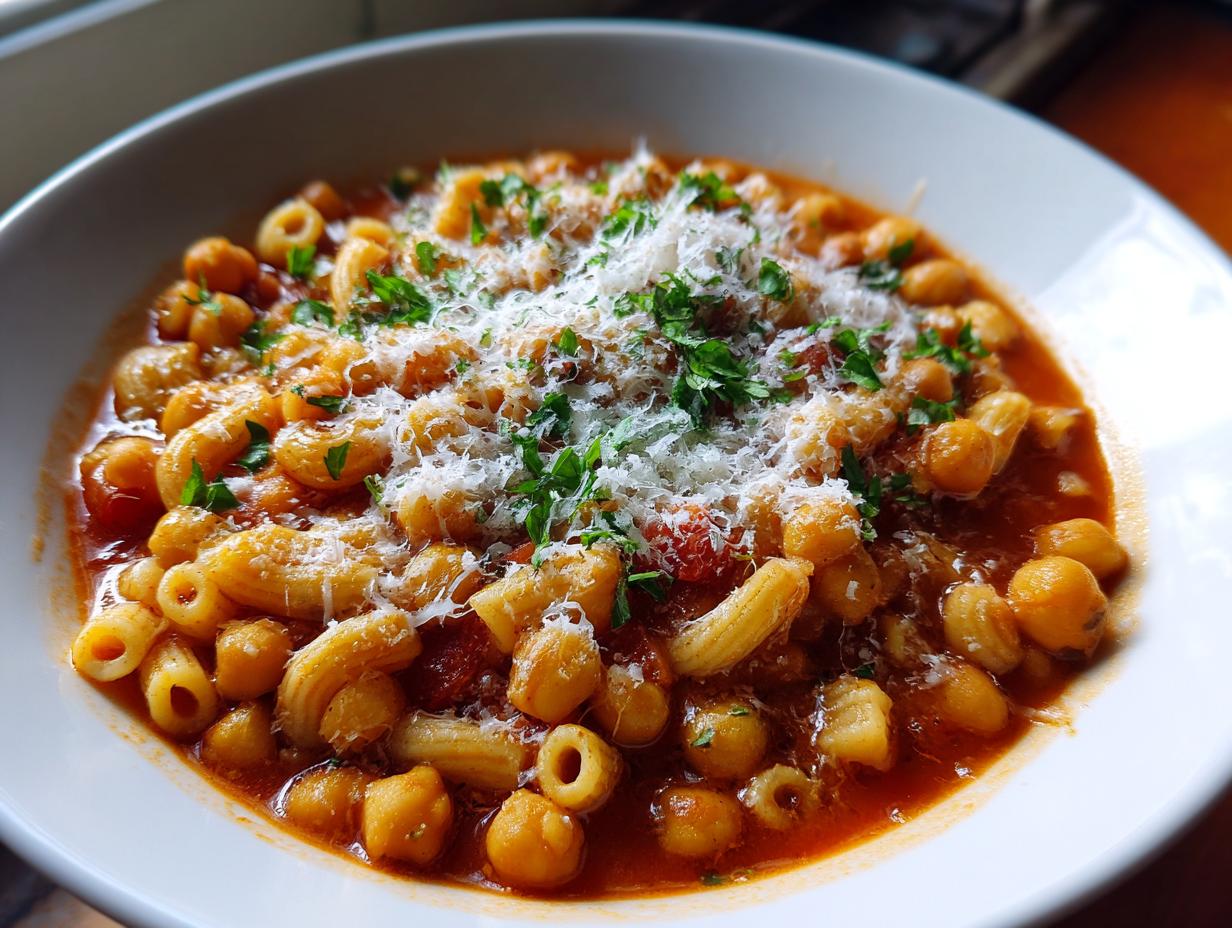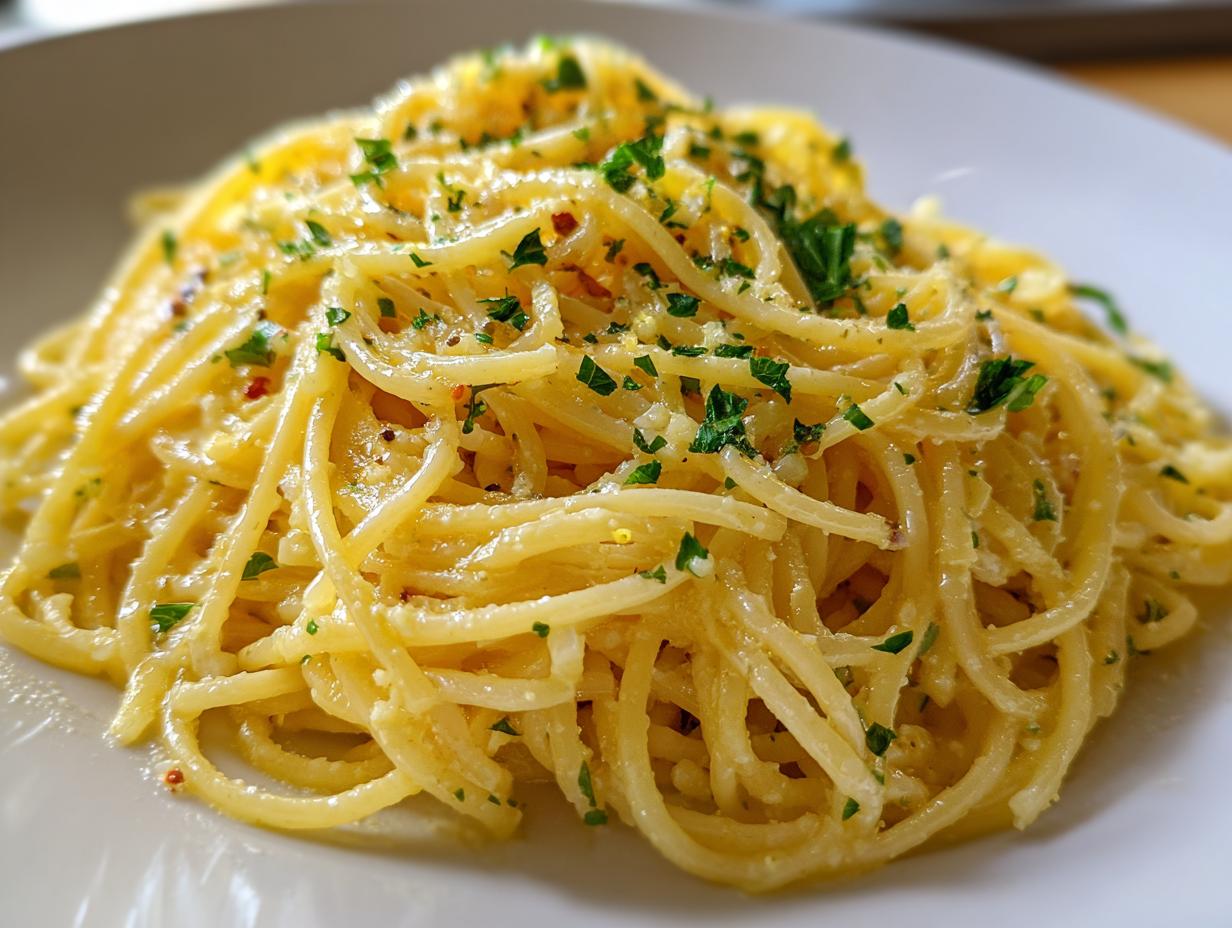Every time I make a Greek salad, summer memories come flooding back. The colors, the crisp veggies, and the tangy feta take me to a Greek island. It’s more than a recipe; it’s a journey to Greek home cooking traditions.
Making an authentic Greek salad is about celebrating fresh ingredients and the right flavors. It’s for everyone, from beginners to experienced cooks. This recipe will take your cooking to the next level.
Key Takeaways
- Authentic Greek salad requires fresh, high-quality ingredients
- Traditional recipe uses specific vegetables and whole Kalamata olives
- Extra virgin olive oil is crucial for genuine Mediterranean flavor
- Feta cheese should be served in large chunks, not crumbled
- Simple dressing of oil, vinegar, and oregano defines the dish
What is a Greek Salad?

A Greek salad is a vibrant dish that shows off Mediterranean cuisine. It’s more than just vegetables. It’s a mix of fresh ingredients that come together beautifully.
A Brief History of Greek Salad
The Greek salad started in rural Greek areas. Farmers and shepherds made simple meals with local produce. This salad, called horiatiki, became a common meal in Greek homes.
Key Ingredients of a Traditional Greek Salad
A traditional Greek salad is all about simplicity and freshness. The main ingredients are:
- Ripe, juicy tomatoes
- Crisp cucumbers
- Pungent red onions
- Briny Kalamata olives
- Creamy feta cheese
Each part of the salad adds to its unique taste. Feta cheese brings a tangy flavor. Kalamata olives add a rich, earthy taste.
| Ingredient | Flavor Profile | Nutritional Benefit |
|---|---|---|
| Tomatoes | Sweet and acidic | Rich in vitamin C |
| Feta Cheese | Salty and creamy | High in calcium |
| Kalamata Olives | Briny and robust | Contains healthy fats |
Some places add green bell peppers or caper berries. The beauty of a Greek salad is how it turns simple ingredients into a flavorful journey to the Mediterranean.
Essential Ingredients for Your Greek Salad
Making a real Greek salad starts with picking the right ingredients. You’ll learn about the key parts that turn simple veggies into a Mediterranean delight.

Fresh Vegetables: The Heart of Your Salad
Tomatoes and cucumbers are the base of a tasty Greek salad. Pick ripe, juicy tomatoes for a burst of flavor. English cucumbers are best, with their crisp texture and sweet taste.
- Select ripe grape tomatoes for maximum sweetness
- Use English cucumbers for a crisp texture
- Red onions add a sharp, distinctive flavor
The Magic of Olive Oil Dressing
Your olive oil dressing is key to a great salad. Use extra virgin olive oil for that true Mediterranean taste. It enhances the veggies’ natural flavors.
| Ingredient | Quantity | Purpose |
|---|---|---|
| Extra Virgin Olive Oil | 6 Tbsp | Base of dressing, adds rich flavor |
| Lemon Juice | 1 1/2 Tbsp | Provides tangy brightness |
| Red Wine Vinegar | 1 Tbsp | Adds complexity to dressing |
Choosing the Perfect Cheese
Feta cheese is the classic choice for Greek salad. Go for authentic Greek feta – it’s creamy, tangy, and made from sheep’s or goat’s milk. Sprinkle it over your salad for a real Mediterranean taste.
- Opt for authentic Greek feta cheese
- Crumble 4 ounces over your salad
- Choose sheep’s or goat’s milk feta for best flavor
Step-by-Step Preparation of Greek Salad
Making a real Greek salad needs attention to detail. This recipe turns simple items into a tasty, healthy dish. It will make your taste buds happy and your body feel good.

Washing and Chopping Your Vegetables
Begin by washing all your veggies well. Here’s how to chop them right:
- Rinse romaine lettuce and pat dry with paper towels
- Slice cucumber into quarter-inch thick rounds
- Halve grape tomatoes
- Thinly slice red onion
- Chop green pepper into bite-sized pieces
Layering Ingredients for Textural Contrast
The key to a great Greek salad is layering. Start with crisp romaine lettuce. Then, arrange your chopped veggies for a nice look and feel.
- Start with 6 cups chopped romaine lettuce as the base
- Scatter tomatoes and cucumbers evenly
- Sprinkle red onion and green pepper
- Add Kalamata olives for a briny punch
- Crumble feta cheese on top
Making the Dressing from Scratch
Your homemade Greek salad dressing makes the salad special. Mix these ingredients:
- 1/4 cup extra virgin olive oil
- 2 tablespoons red wine vinegar
- 1 1/2 teaspoons dried oregano
- 1/4 teaspoon sea salt
- 1/4 teaspoon ground black pepper
Drizzle the dressing just before serving. This keeps the salad fresh. Your Greek salad is now ready to enjoy!
Tips for the Best Flavor Combinations
Making a great Greek salad is more than just mixing ingredients. It’s about using bold flavors and fresh ingredients. This turns a simple salad into a feast for the senses.
Adding Fresh Herbs for an Extra Burst
Oregano is key in Greek cooking. Dried oregano adds a deep, aromatic taste that makes your salad stand out. Add it generously for that true Mediterranean flavor.
- Use high-quality dried oregano for authentic flavor
- Crush herbs between your fingers to release essential oils
- Consider complementary herbs like fresh mint or basil

Balancing Acidity and Creaminess in Dressing
The right Greek salad dressing is all about balance. Red wine vinegar adds a tangy kick, while creamy feta cheese smooths it out.
| Ingredient | Flavor Profile | Purpose |
|---|---|---|
| Red Wine Vinegar | Tangy | Adds brightness |
| Extra Virgin Olive Oil | Fruity | Provides smoothness |
| Feta Cheese | Creamy | Balances acidity |
Pro tip: Marinate sliced red onions in vinegar for 10 minutes. This softens their sharpness, blending flavors perfectly. It captures the Mediterranean Diet’s essence.
Common Mistakes to Avoid
Making a real Greek salad needs careful attention and respect for old ways. Many people accidentally mess up, ruining the dish’s simple yet tasty charm.
When you make your Greek salad, some big mistakes can ruin it. Knowing these mistakes helps you make a better, tastier salad.
Skimping on Ingredients
The best Greek salad starts with top-notch, fresh stuff. Don’t make these ingredient mistakes:
- Don’t use bad tomatoes that taste bland
- Avoid soggy, tasteless cucumbers
- Don’t pick cheap olive oil for your dressing
- Use real feta cheese, not the pre-crumbled kind
Overdressing Your Salad
The dressing should just add a bit of flavor, not drown the salad. Here’s how to avoid too much dressing:
- Don’t pour too much olive oil dressing
- Let tomatoes add their own juice for moisture
- Just toss the salad gently to keep it right
| Mistake | Correct Approach |
|---|---|
| Crumbling feta cheese | Slice or place large feta chunks |
| Adding lettuce | Stick to traditional vegetables |
| Using vinegar | Rely on tomato juices and olive oil |
A great Greek salad is all about keeping it simple. Use fresh ingredients, do minimal work, and let the natural flavors stand out. Your taste buds will love the real Mediterranean taste.
Customizing Your Greek Salad
Making your own Greek salad lets you get creative while sticking to healthy eating. It’s a dish that can change to fit your diet and taste.
Your Greek salad is a blank slate for tasty experiments. It’s great for those on special diets or just wanting to try new things. These changes will make your salad even better.
Vegetarian and Vegan Variants
For those who love plants, making a Greek salad vegan is easy. Here are some tasty swaps:
- Try plant-based cheese alternatives instead of feta
- Add roasted veggies like asparagus or mushrooms for more flavor
- Avocado adds creaminess and healthy fats
- Artichoke hearts bring extra Mediterranean taste
Protein-Packed Options
Make your salad more filling with protein that fits the Mediterranean Diet:
- Grilled chicken adds lean protein
- Chickpeas are a plant-based protein option
- Shrimp gives it a seafood flavor
- Sunflower seeds or walnuts add crunch
Try out different ingredients to make salads that are both healthy and delicious. The best thing about Greek salads is how versatile and flavorful they can be.
Pairing Your Greek Salad with Other Dishes
Creating the perfect Mediterranean Diet experience is more than just a Greek Salad. The right pairings can turn your meal into a journey that pleases your senses.
Serving Ideas for Full Meals
Your Greek Salad can be the main attraction or a supporting role in a Mediterranean feast. Here are some tasty combinations:
- Grilled Chicken with Tzatziki: A classic pairing that enhances the salad’s fresh taste
- Pork Souvlaki with Pita Bread: A filling choice that pairs well with the light salad
- Baked Salmon with Creamy Dill Mayo: A choice for seafood fans that adds elegance
- Vegetarian Options: Spanakopita or Oven-Baked Tofu for those who prefer plants
Perfect Wine Pairings for Greek Salad
The right wine can make your Greek Salad a gourmet delight. Light, crisp wines are best with the salad’s lively ingredients.
- White Wines: Assyrtiko or Moschofilero from Greece
- Light Reds: Agiorgitiko or Pinot Noir
- Rosé wines also pair well with the Mediterranean Diet’s fresh tastes
Whether you’re hosting a dinner party or having a meal at home, these pairings will help you create a true Greek dining experience. It celebrates the Mediterranean Diet’s tasty simplicity.
Storing Leftovers: How to Keep Your Salad Fresh
To keep your Greek salad fresh, you need to store it right. Whether you’re prepping meals or saving leftovers, the fridge is key. It helps keep your salad’s crisp texture and bright flavors.
Best Practices for Refrigeration
Storing a Greek salad isn’t just tossing it in the fridge. Here are some expert tips to keep it fresh:
- Separate wet and dry ingredients to prevent sogginess
- Use airtight containers with paper towels to absorb excess moisture
- Store high-moisture vegetables like tomatoes and cucumbers separately
- Keep dressings in a separate container
- Place salad ingredients on middle shelves of the refrigerator
Reusing Leftover Ingredients
Don’t waste your Greek salad ingredients! Creative repurposing can turn leftovers into new dishes:
- Chop remaining vegetables for a quick omelet
- Use leftover feta in a Mediterranean-style frittata
- Blend unused herbs into a fresh pesto
- Roast remaining vegetables as a side dish
By using these storage tips, you can make your Greek salad ingredients last longer. This reduces waste and keeps your salads fresh and tasty.
Health Benefits of a Greek Salad
The Greek salad is more than a tasty dish; it’s a health powerhouse. It’s a key part of the Mediterranean Diet. This salad is packed with nutrients that can change how you eat.
The Mediterranean Diet focuses on fresh, whole foods. The Greek salad perfectly shows this. Each part of the salad has special health benefits that help your body stay healthy.
Nutritional Powerhouse Ingredients
- Tomatoes provide 24.7 mg of vitamin C and powerful antioxidants
- Cucumbers offer hydration with only 8 calories per serving
- Red onions deliver essential vitamins and fiber
- Feta cheese supplies crucial calcium and zinc
Why Greek Salad Supports Your Health
Choosing this meal is good for your body. Olive oil, a key part of the Mediterranean Diet, has healthy fats. These fats may lower heart disease risk and keep blood sugar levels healthy.
| Ingredient | Key Nutritional Benefits |
|---|---|
| Tomatoes | Lycopene, vitamin C, antioxidants |
| Cucumbers | Hydration, anti-inflammatory properties |
| Olive Oil | Heart-healthy monounsaturated fats |
| Feta Cheese | Probiotics, calcium, vitamin K |
Adding Greek salad to your meals is a smart choice. It’s not just a meal; it’s a way to invest in your health. The mix of fresh veggies, olive oil, and nutrients makes it a true health champion.
Conclusion: Enjoying Your Homemade Greek Salad
Creating an authentic Greek salad is more than just cooking. It’s a journey into the Mediterranean diet. Each colorful ingredient brings a story of tradition, health, and flavor. It turns a simple dish into a memorable experience.
Your Greek salad is a nutritional powerhouse. It’s low in calories and high in fiber, supporting digestive health and weight management. With crisp greens, tangy feta, and briny olives, it’s a feast for your taste buds.
Enjoy your homemade Greek salad fresh with loved ones. Pair it with grilled chicken or shrimp for a complete meal. The salad’s flexibility lets you add new flavors, making each serving a unique adventure.
Mastering this Greek salad recipe brings healthier, tastier eating into your life. Your focus on fresh, quality ingredients embodies the Mediterranean diet’s spirit. It’s about simple, delicious food that brings people together.
FAQ
What makes a Greek salad authentic?
An authentic Greek salad has fresh veggies like ripe tomatoes, crisp cucumbers, and red onions. It’s topped with high-quality feta cheese, kalamata olives, and dressed with extra virgin olive oil and dried oregano. The key is using fresh, high-quality ingredients and following the traditional Mediterranean preparation.
Is Greek salad part of the Mediterranean diet?
Absolutely! Greek salad is a key part of the Mediterranean diet. It’s full of nutrient-rich veggies, healthy fats from olive oil, and minimal processed ingredients. It’s a great example of the heart-healthy eating that focuses on fresh, whole foods.
Can I make a vegetarian or vegan version of Greek salad?
Yes, you can easily make a Greek salad vegetarian or vegan. For a vegetarian version, stick to the traditional recipe. For a vegan option, use plant-based feta like tofu-based feta or nutritional yeast. Keep the classic vegetable and olive oil base.
How long can I store a Greek salad?
It’s best to make Greek salad fresh and eat it within 1-2 days. Store the veggies and cheese separately to prevent sogginess. Add the dressing just before serving. Keep everything refrigerated and crisp to keep the salad’s best texture and flavor.
What are the health benefits of Greek salad?
Greek salad is great for your heart, offers antioxidant protection, and can help with weight management. It’s packed with veggies, olive oil, and feta. These provide essential nutrients like vitamins, minerals, healthy fats, and antioxidants that boost overall wellness.
What type of olive oil should I use?
Always choose extra virgin olive oil for an authentic Greek salad. Look for cold-pressed, high-quality olive oil from reputable Mediterranean producers. The oil should have a fresh, fruity flavor that enhances the salad’s natural vegetable flavors.
Can I add protein to my Greek salad?
Definitely! You can add proteins like grilled chicken, chickpeas, or grilled shrimp to your Greek salad. These additions follow Mediterranean diet principles and make the salad more substantial while keeping its traditional essence.
What herbs work best in a Greek salad?
Dried oregano is the traditional herb in Greek salad, giving it an authentic Mediterranean flavor. You can also add fresh herbs like parsley or mint for extra depth and freshness. Use high-quality, aromatic herbs to enhance the salad’s taste.
How do I choose the best feta cheese?
Look for authentic Greek feta made from sheep’s or goat’s milk, preferably with a Protected Designation of Origin (PDO) label. The cheese should be creamy, tangy, and not too salty. Quality feta will have a distinctive flavor that elevates the entire salad.
What wine pairs well with Greek salad?
Light, crisp white wines like Assyrtiko from Greece, Sauvignon Blanc, or a dry rosé pair well with Greek salad. These wines offer a refreshing contrast to the salad’s olive oil and feta cheese, creating a harmonious dining experience.









